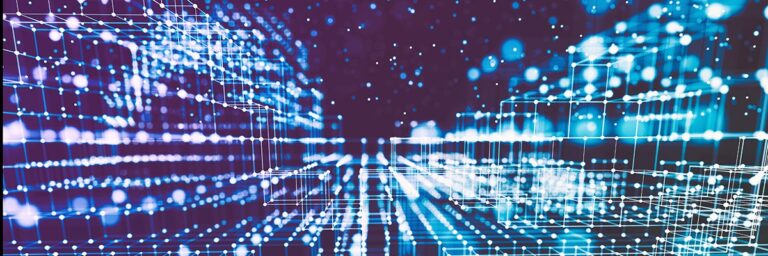The rise of the internet and online shopping has sent the retail world into a tizzy, like a kid on a sugar rush. But whisper this: brick-and-mortar retail, much like your Aunt Mildred’s Christmas fruitcake, is far from dead. In fact, according to market research firm Statista, e-commerce made up a mere 9.9% of total U.S. retail sales in Q4 of 2018. So, while Jeff Bezos is busy with his drone delivery dreams, companies like Amazon are branching out into physical stores. Who knew the future involved wearing pants again?
Meanwhile, retail giants like Walmart, Target, and Best Buy are realizing that they can’t just throw a website at the problem and hope it goes away. E-commerce is not enough; the real challenge is transforming that monotonous in-store shopping experience into a delightful, fast-paced adventure. Enter AI, your new best friend—or at least your high-tech pocket buddy—and computer vision, the unsung hero ready to jazz up your retail experience.
What you should know right from the get-go is that computer vision doesn’t just operate in a high-tech bubble. Forget the notion of a single clever algorithm making all the magic happen; it’s more of a tech ensemble cast. While machine learning and deep learning pat each other on the back for analyzing videos and images, they need other tools to make sense of the chaos happening inside stores. Think of it as a circus—each act has its role, and the clowns can’t just juggle their way to success alone.
Using Computer Vision to Speed Up Shopping
Busy consumers dream of finishing mundane tasks in record time—after all, wouldn’t you rather binge-watch your favorite show instead? E-commerce has made some impressive strides in this regard, leaving brick-and-mortar stores scrambling to keep up. But fear not! Computer vision and its pals are here to save the day and turn shopping into a speedy affair.
One clever way to speed things up involves strategically positioning items in a store. Retailers have long struggled with product placement, akin to playing a game of Tetris. While traditional analytics can only analyze purchase patterns like a bad relationship, combining this with computer vision helps retailers create magical store layouts. Picture a system that tracks your every move through the store, crafting a heat map of customer attention—because who doesn’t want to be spied on while shopping? This information helps retailers refine the chaos on the shelves. Marvelous, isn’t it?
Moreover, instead of merely tallying what people bought at the register—yawn—computer vision technology can catch glimpses of what you ogle but don’t buy. It’s like an in-store therapist examining your impulse control issues. And let’s not forget checkout scenarios, where shoppers are slowed down by barcode malfunctions like a Windows 95 machine. With visual recognition technology stepping in, checkout no longer needs to feel like an episode of “Survivor” in a grocery store.
More Accuracy and Better Security
Computer vision doesn’t just speed things up; it also adds a touch of accuracy—finally! Think of grocery stores where produce lacks checkout codes, leaving cashiers bewildered. One day, we may witness fruit and vegetables actually being identified correctly—miracles do happen! With alerts flashing here and there, self-checkout users will finally receive a reprieve from that awkward moment of picking the wrong avocado.
On the security front, computer vision shines like a beacon of hope, preventing theft like a bouncer at an overpriced nightclub. Automated visual inspections allow security personnel to focus on real threats rather than getting lost in the kaleidoscope of multiple video feeds. Think of a tireless watchdog at your local store: it’s always watching, never dozing off during a particularly gripping episode of “Project Runway.”
Location Data and Computer Vision Add New Options
So, while the previous points enhance your shopping experience (minus the shoplifters, of course), there’s more magic in the mix. Imagine being approached with ads and promotions on your phone as you draw near a store. This sordid romance between GPS and visual data promises fascinating marketing—an ad that finds you, or in regular terms, stalking with style.
By marrying these technologies, retailers can gauge which aisle you’re meandering down and send you instant deals that scream, “Hey, buy these socks you didn’t know you needed!” Sure, some might find it creepy, but for younger shoppers, it’s a delightful cha-ching moment as they discover unexpected treasures—or wait, are those more colorful socks?
Let’s face it: no single technology could solve all retail’s woes. Yet, computer vision appears poised to enhance the shopping experience, giving customers countless reasons to return. And that’s a winning look for retailers—because in this day and age, if you can’t beat them, at least wear the latest socks while trying.

